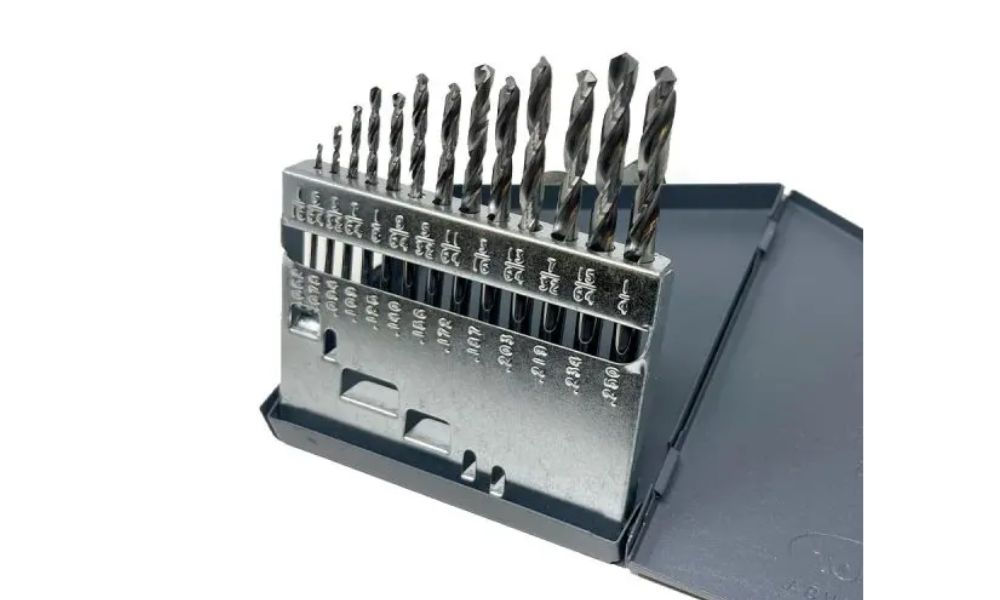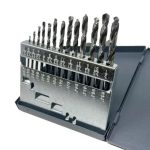Drilling is a fundamental industrial process, and the drill bit is one of the most critical components. Choosing the right drill bit type is essential for ensuring quality results. Read on to learn about the difference between straight flute and twist drills, two of the most common drill bits.
Shapes
A straight flute bit has a long, narrow channel or flute that runs the length of the bit. The flute removes material as the bit penetrates the workpiece. Straight flute bits can have a single- or double-flute design, with double-flutes evacuating chips more efficiently.
Twist bits are the most common drill bits and have a spiral groove that runs the length of the bit. This twisted groove removes material as the bit cuts into the workpiece. The twist helps evacuate the chips and prevents them from clogging the hole and overheating the bit.
Applications
Straight flutes are best suited for drilling shallow holes because they don’t clear away filings or chips as efficiently as twisted drill bits. The design of straight flutes creates clean, round holes in soft, pliable, non-ferrous material. Straight flute drill bits can also extract broken bolts and fasteners.
Twist bits can handle a wider range of materials, from softwood to hard metals. You can choose from multiple twist bit designs, the most common being the standard twist drill bit. People mainly use twist drill bits on metal, but these bits can also drill through plastic and wood.
Cutting Actions
One of the key differences between straight flute and twist drills is how they cut. Straight flutes use a shearing action, leaving a smooth finish on the hole.
In contrast, twist bits have a drilling action, which means they penetrate the material in a pushing motion. Twist bits can have an up-cut spiral or a down-cut spiral. If the groove twists right toward the tip of the bit, it’s an up-cut bit; if the groove twists left toward the tip, it’s a down-cut bit.
An up-cut bit creates a clean finish at the bottom of the workpiece and a rough surface where the bit enters the workpiece. A down-cut bit does the opposite.
Shop for high-quality straight flute bits, twist drill bits, and more at Drill Bit Warehouse—we are a drill bit supplier dedicated to offering quality cutting tools. Browse our inventory to find the right tools for your project today.




